Computex in Taipei, Taiwan, closed its doors a while back and we were there to gather as much information as we could while the event was open. We found everything from heavy CPU coolers to powerful SSD solutions and weapon inspired storage solutions.
There is no question that Computex has to be seen to really understand how big it is. It is the largest IT event in Asia and the second biggest in the world, second to Cebit, counting the number of exhibitors and visitors. This year it was a total of 1712 exhibitors showing products and over 100,000 visitors over the four days the event is open.
The most computer related stuff is kept on two floors in a giant complex in the Nangang area in Taipei, each 22680 m², and total of 45360 m²; which is about the same as 6 football fields, filled with the latest and hottest technology. And this is just one of two exhibition areas. There is another area in the middle of Taipei that is partly hardware, but also Wimax, also known as 4g, which the people behind Computex is giving a lot of attention this year, perhaps because there are several Taiwanese companies that are leading the development.
Even if we set out to cover the event 24/7 there hasn’t been time and with the size of the event in consideration we’ve done our best to find the most interesting news from the event. On the following pages we present the best and most exciting of what we found.
Arctic Cooling had many new products to show in its booth. Among others its new graphics card cooler Accelero XTREME 4870X2 that they claim will do wonders for your 4870X2 card by lowering temperatures up to 50 degrees Celsius. It uses three 92mm PWM fans spinning at 1000-2000 rpm.
The fans are mounted with a patented solution for keeping noise at a minimum, with the help of no less than eight heatpipes for moving the meat away. The cooler is estimated to cost around $60 and it should arrive in stores any day now. Arctic Cooling also told us that ditto cooler for 4890X2 will be released later this year.
They also showed its new series of fans F- Pro, which has launched in sizes of 80mm, 92mm and 120mm. They come in three different flavors; one lacking fan control, one with PWM control and one with a thermal sensor that can be attached anywhere to your liking. To keep the noise at a minimum the fans are attached using rubber plugs that absorbs vibrations and reduce overall noise. The PWM controlled fans also comes with a split cable so that multiple fans can be connected to the same source.
From Cooler Master’s gamer series the creation Sentinel Advanced rises. What may easily be perceived as a gamer mouse among the lot, is really a mouse with fierce features, most obviously recognized through the built-in display placed in the middle behind the buttons. The screen use OLED technology and is mainly intended for showing the number of DPI separately for the X and Y coordinates, but it can also show any picture the user wants it to.
The mouse has up to 5000 DPI and stepless setting of the DPI, which is controlled through the bundled application. The program enables you to set the click rate and motion sensitivity but also create macros or scripts for any of the eight buttons to execute. The mouse sports 64KB built-in memory, which serves to stores up to five profiles; within each profile you can store up to four different DPI settings through which you can scroll with the press of a button.
The laser is a so-called Twin-laser with Doppler effect, which is most easily explained as two layers that sense the surface and the calculate the location of the mouse by measuring where the laser waves meet. The mouse has a weight system, that makes it possible to personalize the weight of the mouse. The mouse we tested in Cooler Master’s product room lacked rubber grip details, which the final mouse will have.
The retail launch will happen in September, says Cooler Master, and it will cost around 59-69 USD. A stripped down Sentinel Advanced mouse simply called Sentinel, without OLED display, 4000 DPI and possibly no weight system, was also mentioned. If and when this mouse arrives is uncertain.
Cooler Master also showed a new series of fans called Blade Master. Like most new fans they are PWM controlled but the special about these particular fans is that they have a different fan blade architecture. The shovel shaped and extended fan blades will hit the air with less resistance and thus reduce noise. They will launch in sizes of 120, 92 and 80mm.
Cooler Master also displayed a new version of the Sniper case, of the gaming series Storm. The new case will simply replace the precursor, and the name is yet to be decided, most likely Sniper or Sniper black. The changes over the last version are that the new case is all black and ships with a 3.5”-2.5” converter for satisfying customers adapting to the SSD technology. The replacement will happen in week 26.
Also Coolink had a bunch of new CPU coolers to show. The most interesting of these was Corator DS that uses Coolink’s new technology GDT, Gapless Direct Touch, for optimal contact surface against the CPU. This means that the heatpipes are more or less in direct contact with the CPU by being flat at the base, instead of running through a base cooling block.
Additionally the contact surface is made from copper and the four heatpipes are 8mm thick. Including the bundled 120mm Swift 2 fan the whole ordeal weighs 1040 gram and Corator DS fits most moderns sockets, including AM3 and LGA1156 and LGA1366. Coolink are working on the packaging and manual, and are counting to have the cooler ready for market in August-September; costing around 50€, possibly less said a hopeful Andreas Karner from Coolink.
Coolink presented an updated version of the fan series SWiF – SWiF 2. The discrete colors aside the the 120mm fan uses an increased number of fan blades to move more air at lower RPMs. This is something Coolink lifts out as the strength of the fan; low RPMs, a lot of air being moved and little noise. The fan launches with rubber plugs instead of screws to absorb noise emitting vibrations.
Gigabyte showed its new thin 13″ Booktop M1305 with LED display. It comes with Intel’s CULV processor, optical drive (!) and up to GB ram. Gigabyte seems to have understood that users nowadays wants the possibility to upgrade components when needed, even laptops, which showed from the fact that all computers in Gigabyte’s booth had separate hatches with screws over the upgradeable components: memory, HDD and PCI cards.
The model on display was on a demonstration sample and not the final version, partly since the specifications are not final yet but also the build quality was lacking a bit; the plastic was weak and the metal colored plastic details at the hinges had lost colors and chafed. Don’t forget this is a prototype and a lot can still happen before the launch of the final version.
Gigabyte also showed an interesting TV card: it was claimed to be the world’s smallest PCI-E TV card: GT-8000. It’s a hybrid model and can handle both analog broadcasts and DVB-T. Remote included. For some reason Gigabyte had chosen to run its demo version in a regular PCI slot. Price and availability is unknown.
Intel is releasing more and more information on the turbo function of the Lynnfield architecture. Nordichardware was there and talked to Intel about this. As it turns out there will be two settings for the Turbo Mode, which is really an overclocking technology for individual cores. The way Intel explains it, every computer has a TDP it doesn’t want to exceed, a buffer that can be filled but not overload.
Far from all applications are multithreaded and can’t really use all four cores and eight threads that Lynnfield supplies. To make sure as much as possible of the potential comes to use the systems senses who many threads are being addressed and tries to gather these for as few cores as possible. This way the Turbo Mode can kick in, in either setting: Power Gating, meaning that inactive cores are turned off completely while active cores are temporarily overclocked – thus Turbo. The second mode is C6 and it means that less stressed cores are downclocked while stressed cores are overclocked.
How much the Turbo Mode add to the stock frequency depends on several parameters, which Intel didn’t want to reveal but not surprisingly they mentioned voltage consumption and heat development as two major factors. Intel also mentioned that the Lynnfield processor that was demonstrated consumed 75-80Watt. When Lynnfield is released it is planned to carry the performance crown among mainstream PC users for one year before it will be replaced by a new version, but not phased out for that matter. The launch was said to happen in Q2-Q3 this year, which correlates well with earlier reports. Intel also had a lot of good to say about Windows 7 since the operating system is much better at multithreading than older Windows versions.
Intel also proudly, yet in secrecy, showed a new laptop from ASUS that contained Intel’s new Clarksfield platform, which will launch in the second half of this year. Clarksfield is Intel’s mobile solution for the Nehalem architecture, thus 45nm, which brings 4 cores and Hyperthreading for up to eight simultaneous threads. This had been paired with a not yet launched graphics solution Nvidia, which they refused to tell anything about, but a game of Crysis ran smoothly at 1920×1080. The most impressive was still how quiet the computer was considering the amount of heat that must be produced inside of it.
In-Win showed a bunch of exciting things. Something that attracted our attention was the 2.5″ HDD USB case from the Ammo series. It is basically a case made from aluminum that house a sturdy rubber support for the harddrive, which protects it from drops up to 2 meter. The special about the case is not all of the rubber, but the encryption solution through RFID.
The case comes with a key badge that is tied to the unique case and if the encryption feature is active the badge has to be in connection with the case when you plug it into the computer, otherwise the data will be unreadable. The badge, or tag, has a reach of 5 mm and you get two of them. In-Win’s Ammo case won a Red Dot award back in March and now we understand why.
Noctua was active too and it had a launch fest more than worthy of Computex. First was the new 140mm fan NF-P14 PWM. A PWM controlled giant with metal enforced case, engine house and without the regular square shape we’re used to. Instead the mounting holes are located so that they are aligned with regular 120mm fans. The fan blades carry Noctua’s ”notch” technology that reduce turbulence and thus reduce fan noise. Also the old faithful 120mm NF-P12 was updated with PWM support and is now called NF-P12 PWM.
Next up is the CPU cooler with the lovely name NH-C12P SE14, which is simply an update of the NH-C12P, which means that it now comes with the above mentioned 140mm fan that also brings PWM control, unlike the precursor. Disregarding the differences, we can add that this model supports both LGA1366 and LGA1156. Noctua says that the new model is about 3 degrees Celsius better than the old model with 120mm fan.
A new flagship was also introduced: NH-D14. It’s a giant with two large teatsink, linked together by six heatpipes, on which the bundled fans are meant to be installed. You get one 140mm fan of the just introduced type we mentioned above: NF-P14 PWM and the updated 120 mm PWM version.
Thus, both of these are PWM controlled and you get a split cable for the PWM control. Noctua says that this new cooler, with fans at 800 RPM, will be just as good as NH-U12P, which is former flagship product. Noctua estimates that this piece will become available in September and cost around 70-80€.
Furthermore, we can tip Noctua owners of a new mounting kit that will appear soon, called Secufirm2. It will enable mounting of Noctua coolers from 2005 and forward on socket LGA1366 and LGA1156. Noctua is hoping to have it ready by mi-August, or as Jakob Dellinger from Noctua puts it ”definitely before the release of Core i5”. He continued:
”we don’t think that our high-end coolers should be something you have to change as soon as a new socket is introduced since they definitely last for longer time than that”
To further emphasize this the mounting kit will be free of charge, you only have to pay the minor shipping cost. The ordering will go through Noctua’s website where you can fill in a form. They had a prototype to show for all hungry cameras, but behind the scene we saw how the not yet patented solution will work; simple but ingenious.
A product category we haven’t touched yet in our Computex article is Solid State Drives. The SSD market is hotter than ever and it was easy to tell from this year’s Computex event where most memory and harddrive manufacturers showed all kinds of SSD devices.
One of the companies we met with was A-DATA that has one of the broader assortments of SSDs, ranging from small convenient solutions to large powerful RAID-based storage solutions. As reported in the news a while back they showed a solution consisting of no less than eight Solid State Drives in RAID 0 array with impressive performance.
The SSDs used in the storage unit was A-DATA’s new S592 drives that is specified to read and write speeds at 230MB/s and 170MB/s respectively. Two of these fits inside A-DATA’s 3.5" EX93 case that comes with an integrated RAID controller for substantially better performance yet still in a small format.
Memory manufacturer InnoDisk had, unlike A-DATA, put emphasis on how small SSDs can be and even if it presented its FiD SATA 2000 series of 2.5" format and up to 512GB capacity, it was the minors that really caught our attention.
InnoDisk presented what it claimed to be the world’s smallest SATA SSD and measuring only 6.5 x 2.4 x 39.4 mm we don’t dare to disagree. Its nanoSSD, also known as SATADOM, can store up to 128GB and connects directly to a SATA port, just like a USB memory. The top model, in spite of the mere size, can achieve read speeds up to 160MB/s and write speeds up to 140MB/s. These minimal SSDs will appear on the market in the third quarter.
A-DATA and InnoDisk were just two of many, many SSD makers on place and even we didn’t have time to visit them all at Computex we will continue to cover the progress in news and articles here at NordicHardware.
Computex is over and we hope to continue covering next year’s event and of course other events coming up. We have a shorter coverage of DisplayTaiwan that will be published soon, so keep stay in touch.



















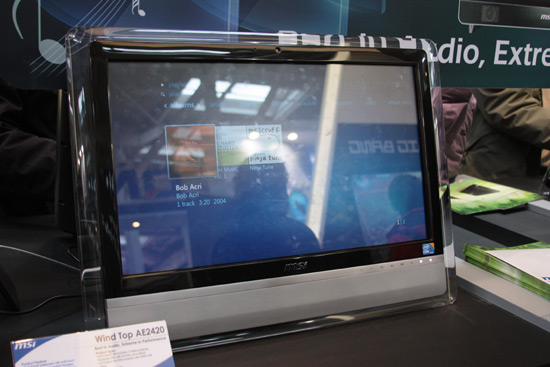

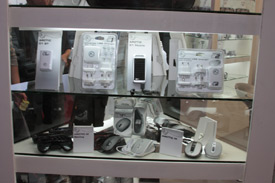
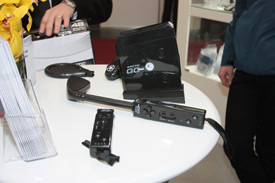






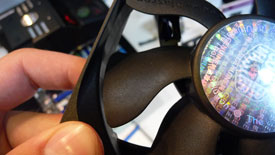
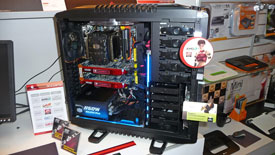
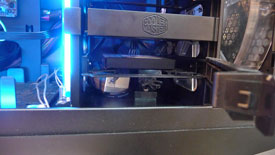
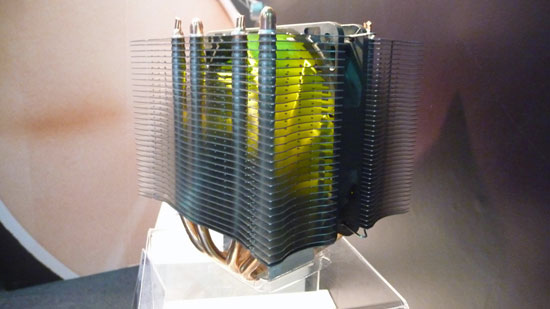




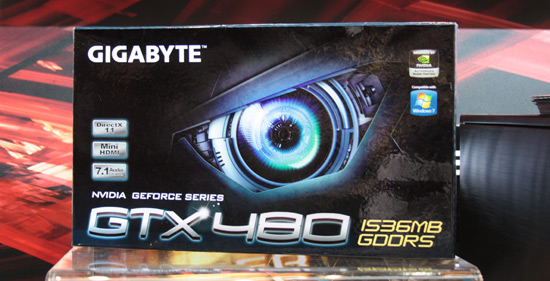







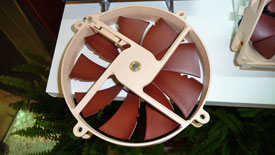
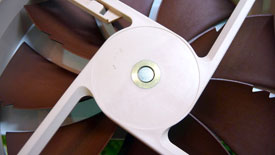








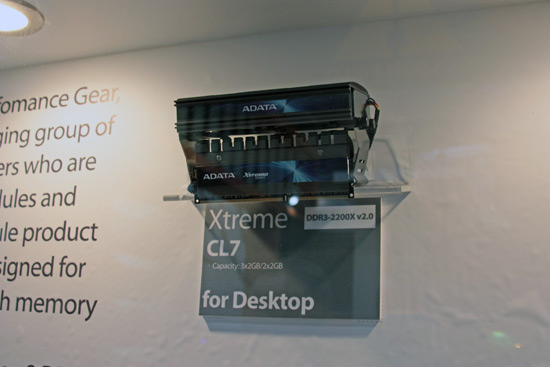
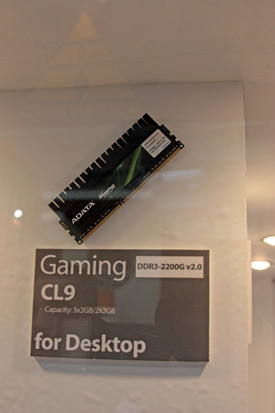
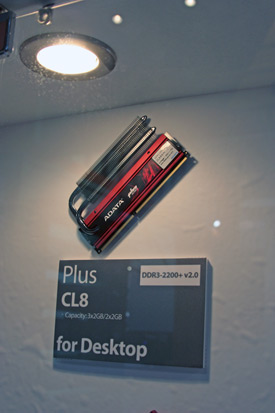









Leave a Reply